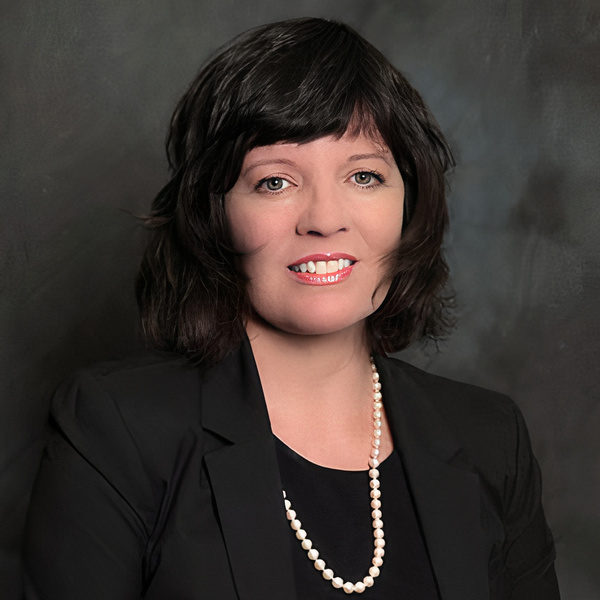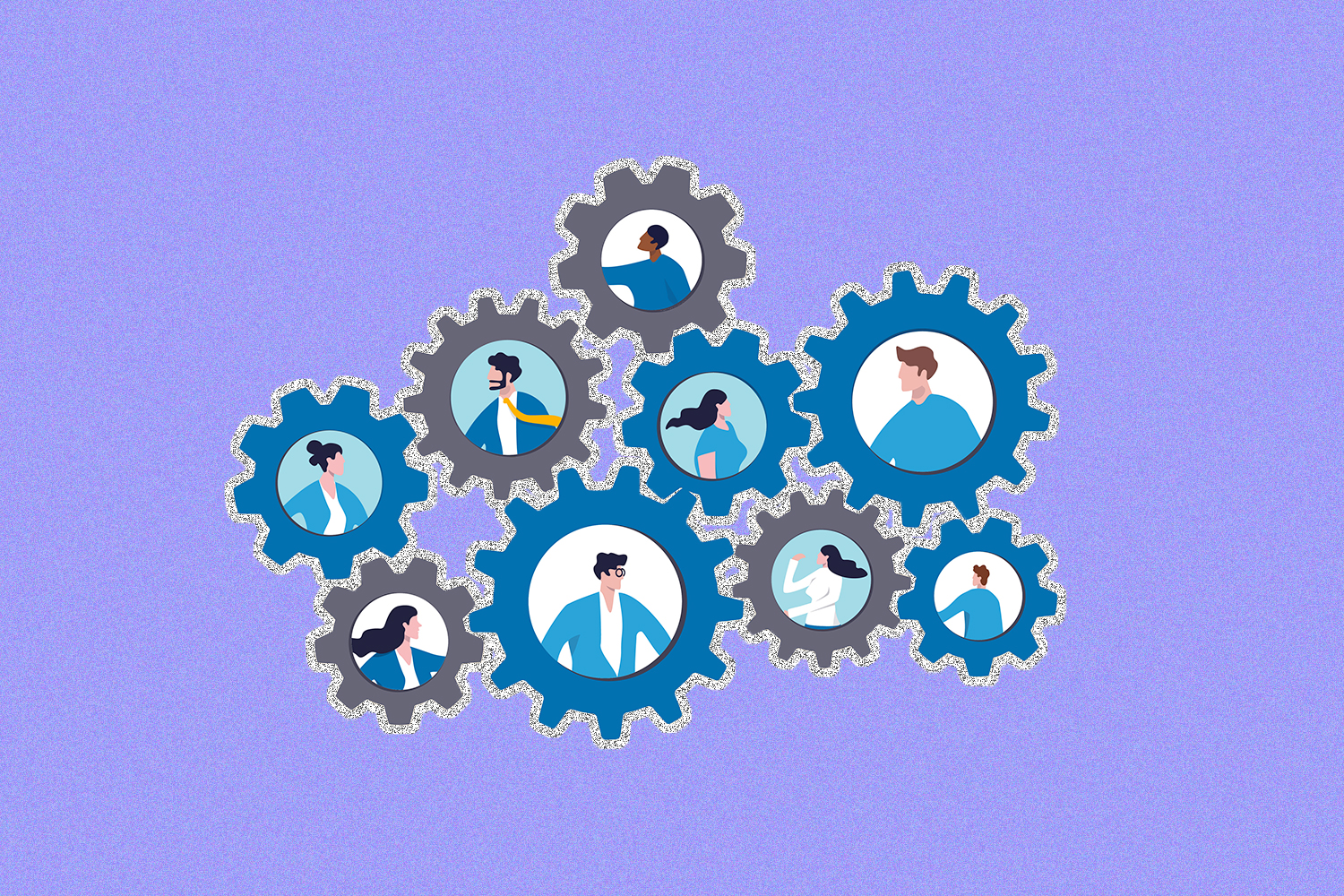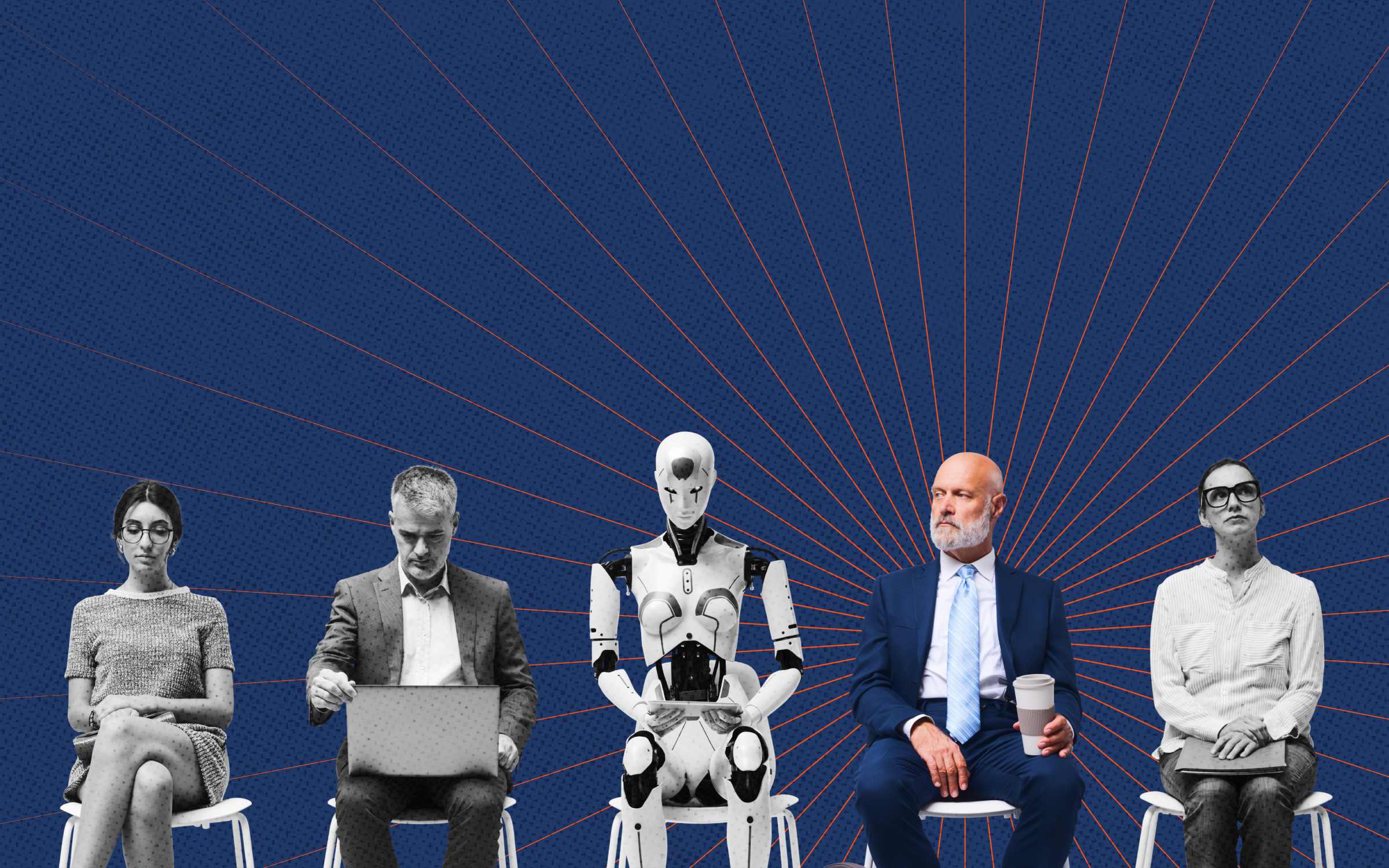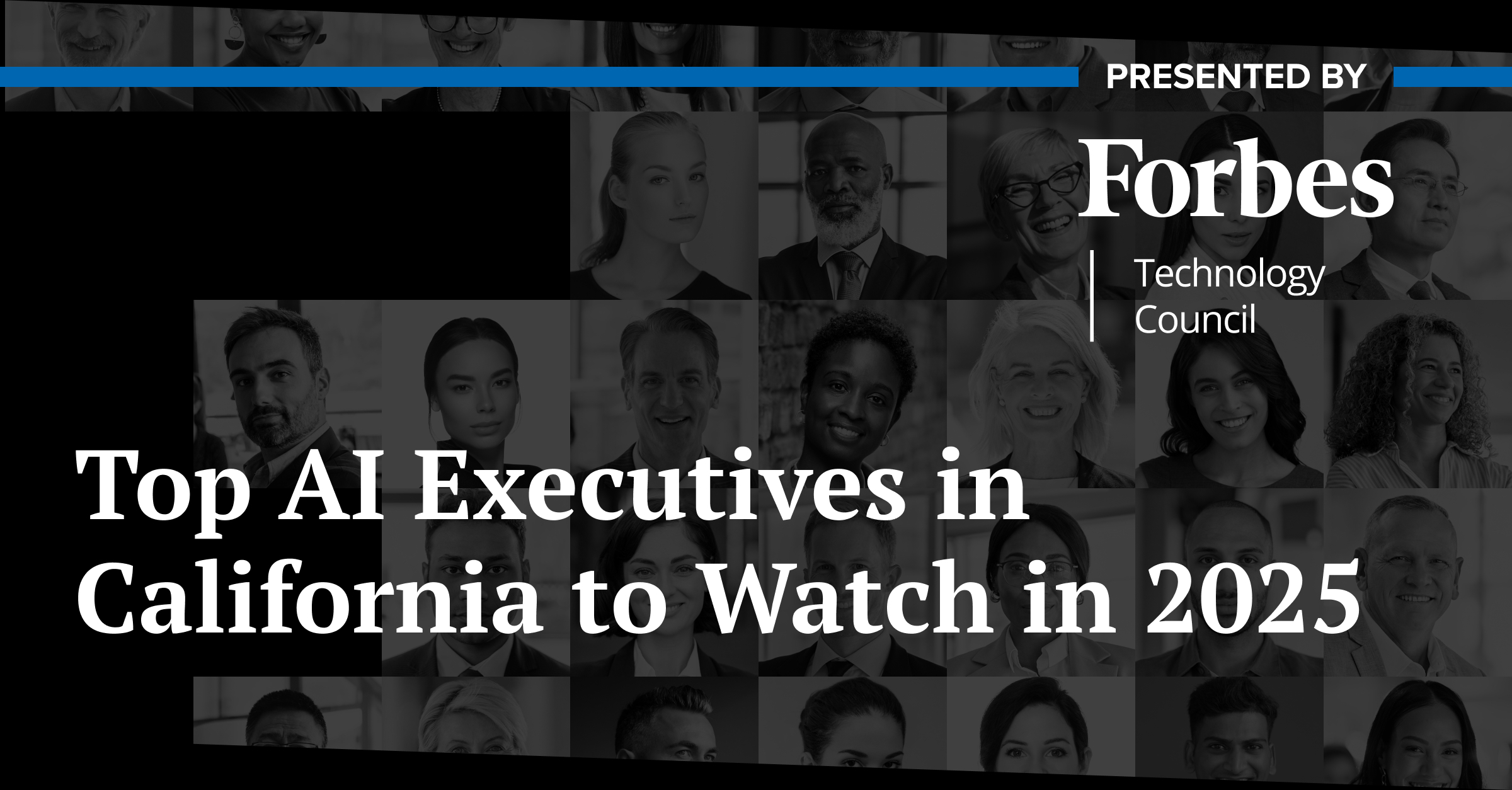It’s time for a reality check on your data-gathering efforts. You’re probably monitoring basic workforce demographics, and you should feel good about the weekly “pulse” surveys you’ve implemented to broadly track employee satisfaction.
But what about specific departments? Do you see data that would reveal team-wide disengagement before it becomes a retention problem? Do you act on it?
Or even a specific worker, one of thousands of employees… working in a remote country? Is he happy? Does he have any lingering questions or concerns about employee benefits or company policies?
“The biggest handicap I see for HR individuals and HR executives is [not] having real-time data and metrics,” says Patricia Sharkey, senior director of human resources at IMI, a company that provides resources and software to automate distribution facilities across the globe. “That’s the way we’re going to be taken seriously.”
The company uses a homegrown, AI-driven HR platform called Rhonda to engage employees regularly, execute key HR functions such as performance reviews, and collect and analyze data to identify HR hotspots for leaders to act on. “What Rhonda does for HR, and what it brings to this company, is that our CEO has real-time metrics and data that he can make decisions based on,” Sharkey says.
Senior Executive Media recently interviewed Sharkey about the company’s approach to employee communication and engagement. Read on for edited excerpts from our conversation.
“The biggest handicap I see for HR individuals and HR executives is [not] having real-time data and metrics. That’s the way we’re going to be taken seriously.”
Senior Executive Media: How is Rhonda regularly engaging employees and improving employee retention?
Patricia Sharkey: We have weekly surveys that go out, and employees rate, on a scale of one to five, how their week has gone… It’s a simple weekly, like, “Hey, please let us know how you’re doing.” And this goes out to the entire company. If an employee scores a three or lower, they’re going to get contacted by their manager, or by HR, and in some cases by the CEO directly, which is awesome.
I have employees that, every once in a while, I think they want to put a two because they want to talk to [CEO] Rudi [Asseer] because it turns out things are pretty good.
We run weekly reports that measure how many people are responding to us… I receive weekly reports of who’s engaging… If they’re not responding, or we’re getting a low response, we ask the manager, “Hey, how come your team isn’t responding?”
Senior Executive Media: What else does Rhonda do?
Patricia Sharkey: It’s a big part of the safety culture. We send out safety messages every Thursday. People can talk to us about any safety concerns.
We also have a weekly “hustle” that we send out via Rhonda, which is a newsletter, which reminds employees to respond to Rhonda and lists the employee of the week, by the way, too. So they’re engaged in the employee hustle because they may also see rewards.
Our employees can ask questions to Rhonda, like, “Hey, what’s up with my bank account?” … While we have an HR help desk and different areas where employees can contact us, the most successful is the AI application.
And with AI, it’s been much easier for us to get [performance] reviews back from the employees… This approach has increased accuracy, speed and employee satisfaction because it’s so easy for them to complete.
Senior Executive Media: During the actual conversations within the performance review process, how does the data you’ve collected come into play?
Patricia Sharkey: Managers… talk to their employees about their [self-evaluations] and how, say, for example, the employee gave themselves a three [in a certain area], but the manager scored a four for them.
Then I’m given all that information as well. Not only am I able to see the scores of each employee and what the managers are giving them, the AI also does the average of what the department’s overall score is, which is pretty interesting—great data for the CEO. Because it takes some of the subjectivity out and goes, “Alright, you’ve got your divisional lead, maybe saying he has the greatest department in the company. But look at these overall scores.”
Senior Executive Media: You’re gathering so much data. What are the most important or most interesting metrics that you specifically look out for?
Patricia Sharkey: What I’m looking for, as I’m doing a temperature gauge on my employees: Are they happy? Are they going to stay with us? Through data, you can see patterns of behavior, right? I can tell if someone’s not happy if I see that I’m getting a lot of twos, right? I have to not only do a one-time check in, but now I have to go and say what’s going on? What systemically is happening in this department if I see, you know, in one department, I’m getting lower scores, or people not responding? (People not responding is almost the same thing as giving a low score, in my opinion.) And the question is not about the employee, it becomes about the company and systemic practices. What are we doing well, and what aren’t we doing well?







